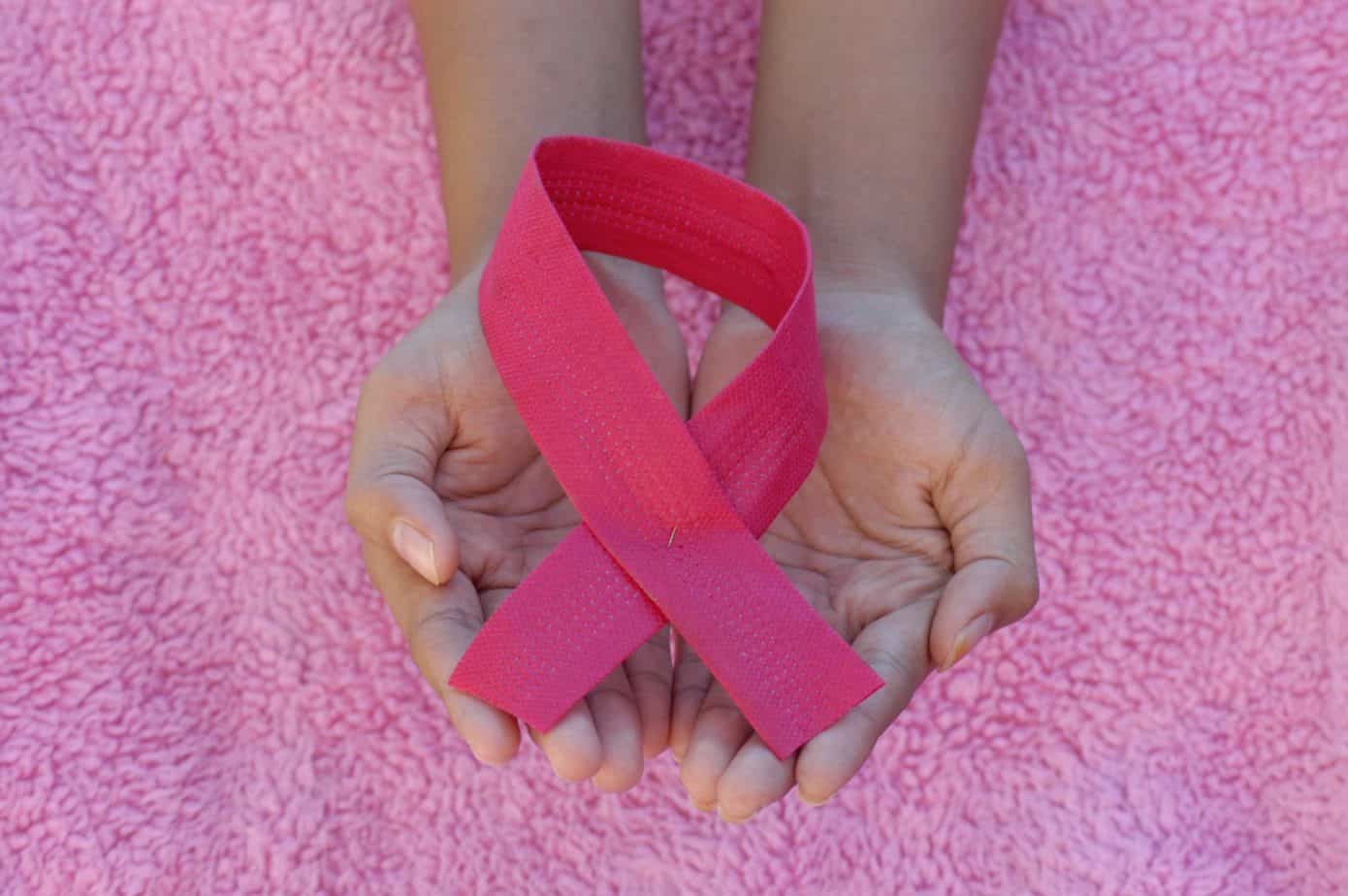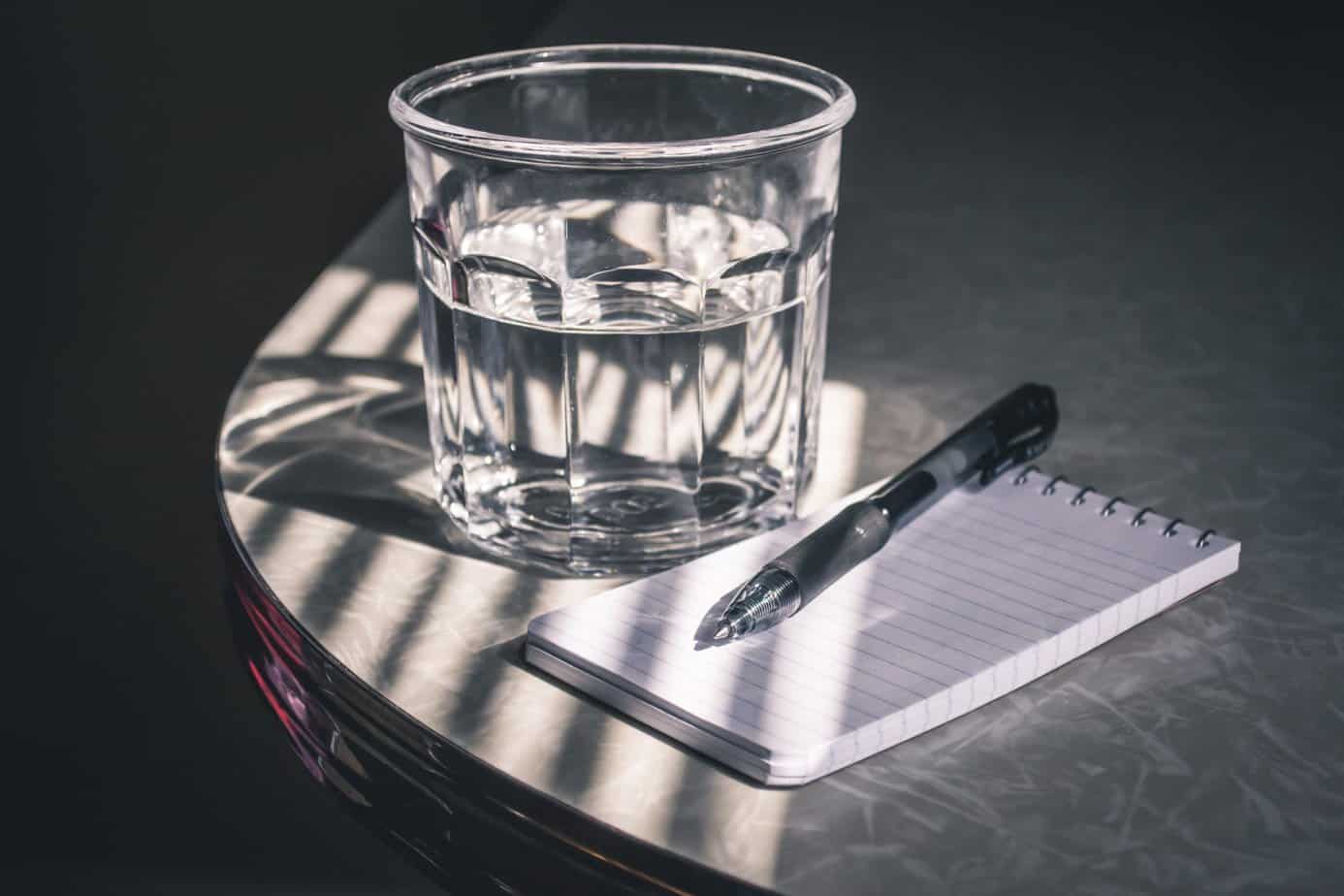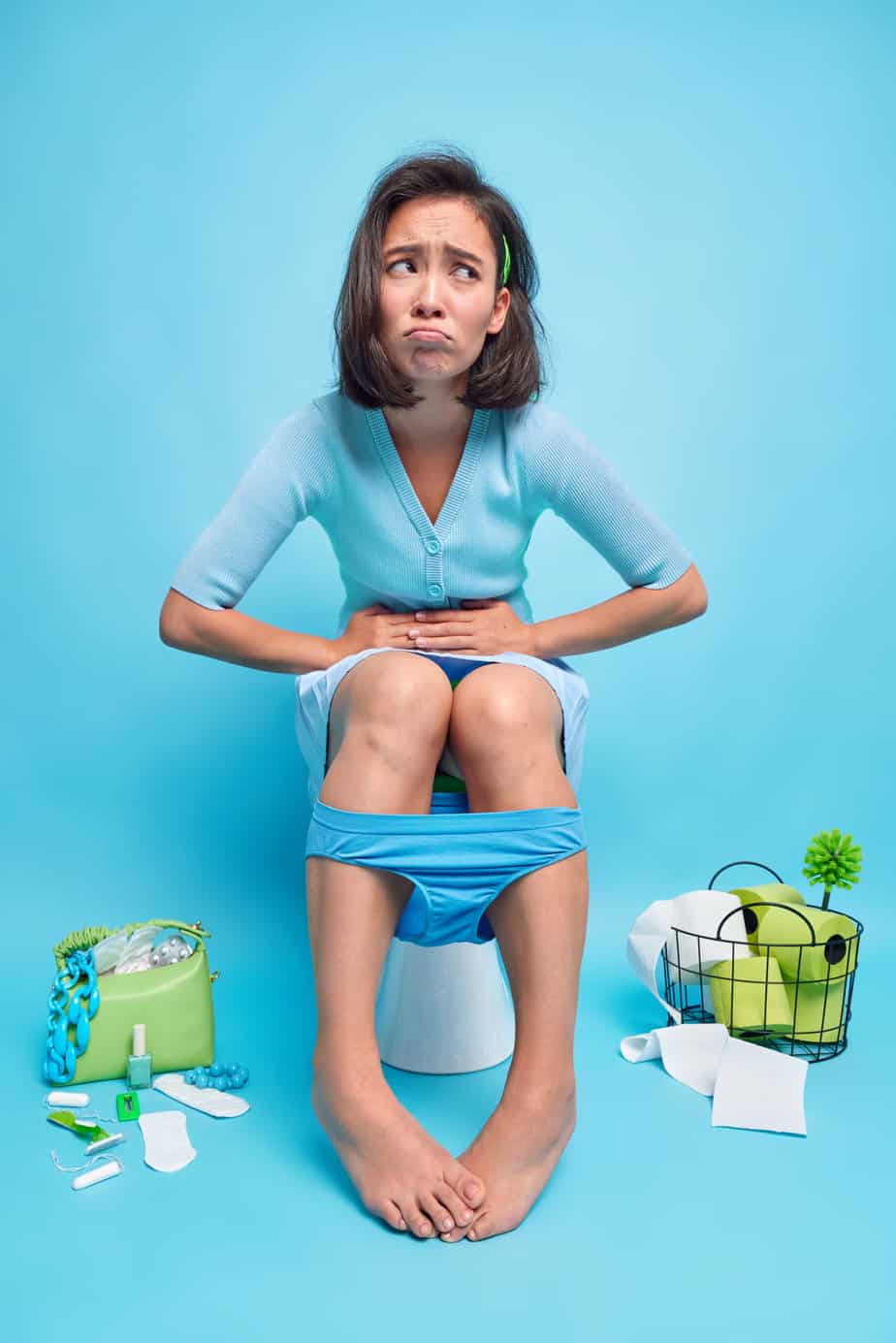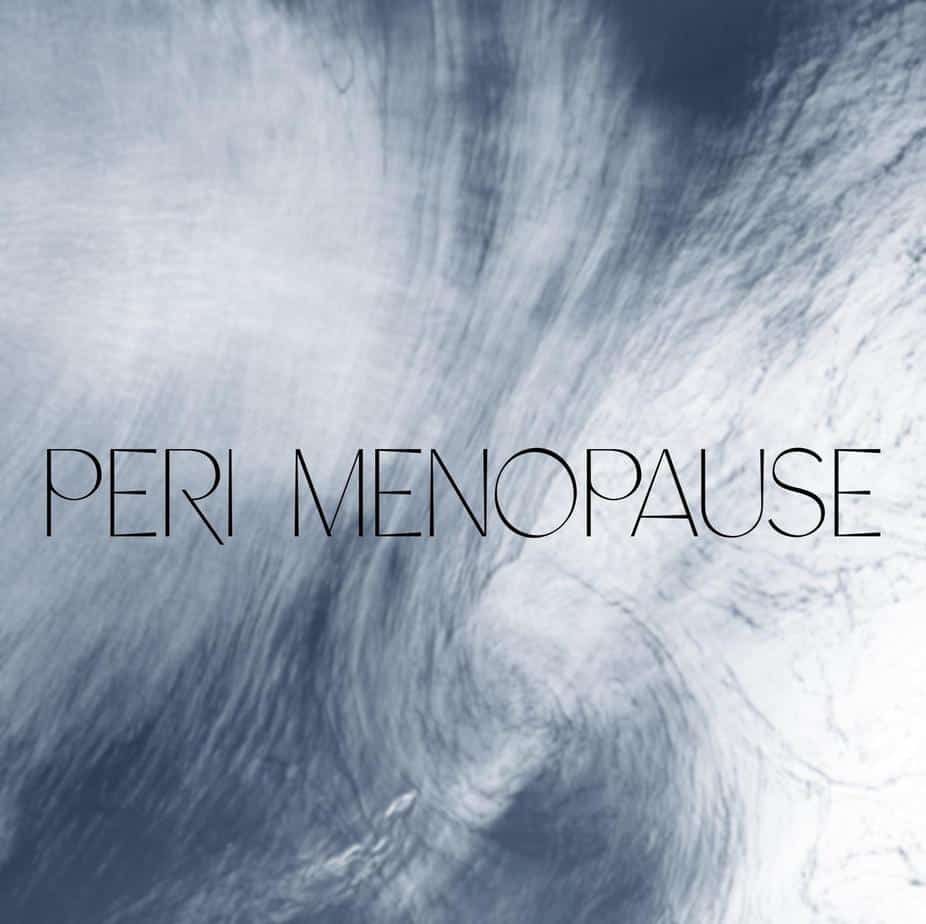Using Nutrition to Combat Chronic Pelvic Pain
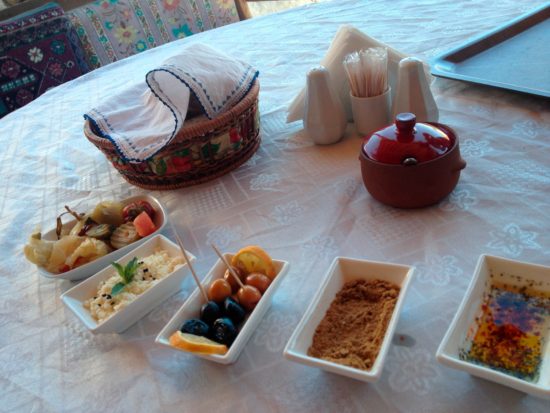
It’s become widely accepted that our diet plays a significant role in how our body functions. In recent decades science has allowed us to better understand how nutrition can decrease pain.
What is CPP?
Chronic pelvic pain (CPP) is complex syndrome, generally requiring involvement from different specialists because of its multiple causes. It can be a very debilitating condition affecting your social, personal and work life. Many women with CPP also report chronic fatigue, high stress levels, and/or autoimmune diseases.
Treatmenting CPP Through the Gut
A natural way to combat some symptoms of CPP is through nutrition. Changing what and how you eat is challenging. The goal is to find foods that are nourishing and provide the nutrients your body needs in order to calm down the chronic inflammation and pain cycles that are often prevalent in CPP.
80% of our immune system lives within our gut. If our digestive system isn’t functioning as a good barrier to keep out bacteria, fungus, viruses and undigested food particles it causes the immune system to react. The end result is inflammation.
Inflammation is a protective mechanism your body uses when it needs to heal itself or fight infection. The immune system triggers an increase in circulation bringing more white blood cells to the area to assess for damage and begin the healing process. When inflammation is triggered repetitively the area becomes hypersensitive leading to pain interpretation.
Healing the digestive system and stopping this cascade of events from starting is a great first step to controlling inflammation and therefore pain. Taking an over the counter anti-inflammatory medication isn’t an easy out. These medications can cause unwanted side effects on the digestive tract. Eating proper nutrients including anti-inflammatory foods, anti-oxidants, and even chewing your food properly are simple ways to calm down the immune response and give your digestive system time to heal.
Food Sensitivities
For some people avoiding food sensitivities like gluten, diary and soy, which are harder to digest, is a quick solution to give your digestive system a break. This can be challenging and may be the breaking point for some. Free online recipes and alternatives to your favorite foods can be food in stores. There are also tasty gluten and diary free options available at various restaurants throughout the city. Bone broth and supplements can help to speed up digestive system recovery but as they say “Rome wasn’t built in a day”.
A qualified clinician in nutrition can be a useful resource: checking for nutrient deficiencies, recommending the appropriate supplements as well as recommending things like a pelvic pain elimination diet. Changing your diet is tough and every coaching strategy from a clinician might be what it takes for you to make the changes necessary to control symptoms. For more information please contact your physician for advice and guidance on how to make the next steps.
At Body Harmony Physical Therapy, we work in conjunction with your physician to improve mobilization of your digestive tract and pelvis reducing any physical barriers or restrictions enabling a more stream lined process. Our physical therapists are qualified in improving organ mobility, reducing muscular tension and restrictions throughout the digestive system and/or pelvis. Clinically we have seen this play an important role with pain management.


